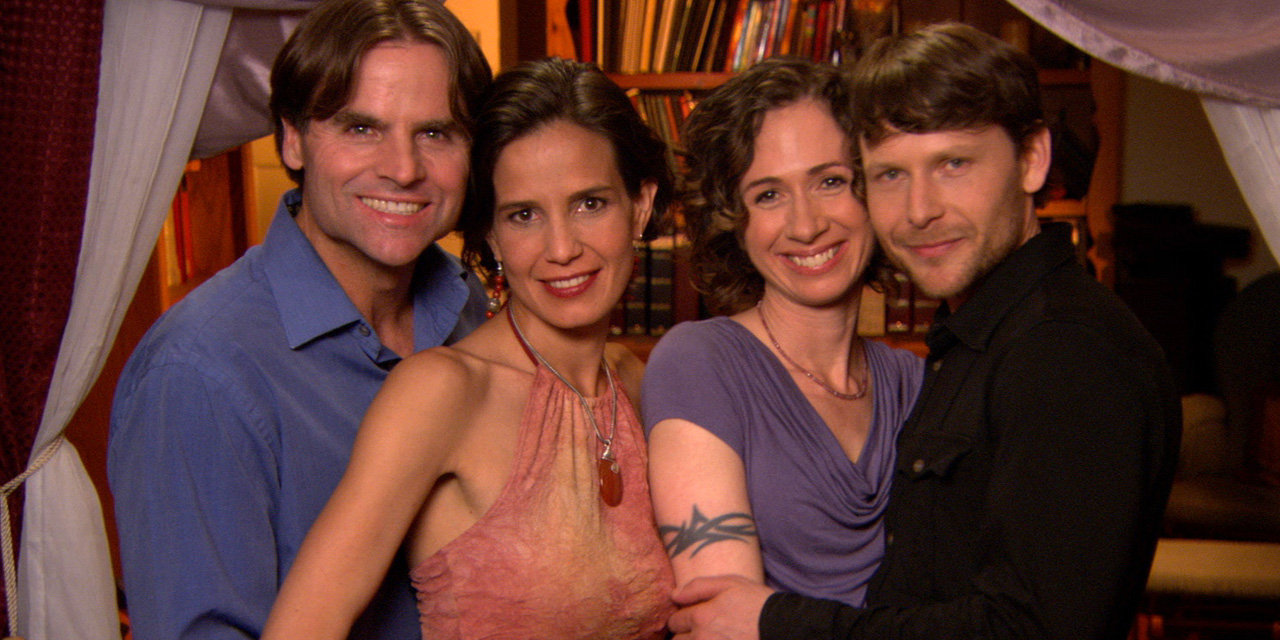Narenjestan or Qavam Garden:
It really is a normal and historic home in Shiraz which goes to your Qajar period. As a result of abundance of sour orange trees, it really is called Narenjestan.
Tomb of Saadi:
Saadi’s tomb is found in southern Shiraz. Their mausoleum, also referred to as Saadieh, is certainly one of Iran’s major attractions. The tomb was initially built into the 13th century. Nonetheless, after being damaged into the seventeenth century, it stayed untouched through to the present-day building had been built into the 1950s.
Many Persian elements have actually been utilized in its architecture. Additionally it is A national Heritage web Site.
Every year, a wide range of literati and scholars from around the planet collect during the mausoleum on April 20 to commemorate the fantastic Persian.
Eram Garden:
It’s a historic Persian yard that belonged into the leaders regarding the Qashqai tribe before being confiscated because of the government that is central. The yard, while the building within it, is situated at the shore that is northern of Khoshk River within the Fars province.
They have been ready to accept people being a historic landscape yard. They truly are World Heritage web web Site and protected by Iran’s Cultural Heritage Organization.
Tomb of Hafez:
Mausoleum of Hafez, often called Hafezieh, are a couple of memorial structures erected into the north side of Shiraz, Iran, in memory associated with the celebrated Persian poet Hafez.
The tomb, its gardens, therefore the surrounding memorials to other great numbers certainly are a focus of tourism in Shiraz.
Arg of Karim Khan:
The Arg of Karim Khan or Karim Khan Citadel is really a citadel based in downtown Shiraz. It had been built as an element of a complex during the Zand dynasty. It really is known as after Karim Khan and served as their living quarters. It’s rectangular in form and resembles a medieval fortress.
Nasir ol Molk Mosque:
It’s perhaps one of the most breathtaking and photographed bits of architecture in Shiraz that was built through the Qajar dynasty by the end regarding the century that is 19th. It really is probably one of the most unique and various mosques in Iran. The mosque is well-known for its colored cups and its tiles are unique in their sort.
Mostly referred to as the “Pink Mosque” because its tiles are beautifully decorated with pre-eminently pinkish rose color, it’s also called the “Mosque of colors, ” the “Rainbow Mosque” or even the “Kaleidoscope Mosque”.
Afif-Abad Garden:
It really is a museum complex which was built in 1863. It includes a previous mansion that is royal a historic tools museum, and a Persian yard, all ready to accept people.
Vakil Mosque:
One of the more crucial creative and historic structures, which may have remained through the Zand duration, is Vakil Mosque. It absolutely was utilized as a spot for Friday prayer several years back. The tile workes in this building are one of the better that presents the skill of Iranian tile employees plus the painters  into the 12th century A.H.
into the 12th century A.H.
Vakil Bazaar:
This is the bazaar that is main of found in the historic center regarding the town. This bazaar was indeed designed with the order of Karim Khan Zand (Iranian King) at about 200 years back.
It offers courtyards that are beautiful caravanserais, bathhouses, and old stores that are considered one of the better places in Shiraz to purchase all sorts of Persian rugs, spices, copper handicrafts, and collectibles.
Vakil Bath:
It will be the many bath that is famous Shiraz that will be one of many Karim Khan Zand monuments built by their purchase when you look at the Shah Square community, next to the Vakil Mosque.
This bathroom that is large probably the most higher level concepts of Zand’s architecture. Among the interesting components in this restroom is a place that is special «Shahneshin» that was special to Kings.
Vakil Bath happens to be repurposed as being a restaurant and soon after given that museum of ethnography to determine the culture and traditions of men and women in Shiraz.
Qur’an Gate:
It’s a gate that is historic at the northeastern entry of this town, on the road to Marvdasht and Isfahan.
Because of the time of the Zand dynasty, it had suffered plenty of damage, therefore it was restored and a room that is small top ended up being added, by which had been held hand-written Qur’ans by Sultan Ibrahim Bin Shahrukh Gurekani.
People moving within the gates had been considered to have the blessing associated with the Holy Book while they started their trip or journey from Shiraz.
